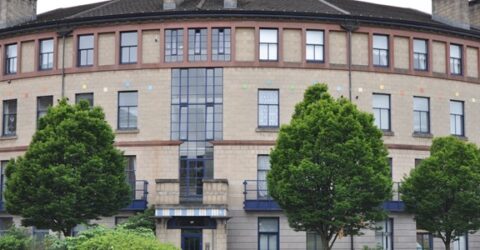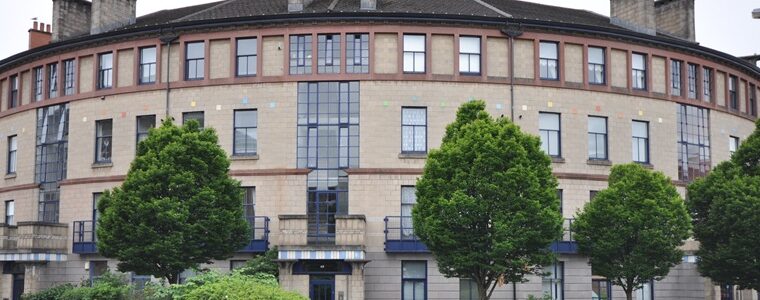The ADSL switch-off is coming… are you ready?
It's the end of ADSL broadband in the UK - what will it mean for people still trapped on sluggish internet connections?

Next year, it will be 150 years since the first copper telephone patent was filed by Alexander Graham Bell.
It seems fitting that next year will also be the last year of operation for swathes of the UK’s copper-based telecommunications infrastructure.
In the days when phone lines were used exclusively for their titular purpose, copper was great at conducting the sounds of people’s voices.
However, it’s far less impressive as a conductor of digital data – in other words, the internet.
Copper lines are restricted to 21Mbps download and 1Mbps upload speeds, according to Openreach – who should know, as they’re responsible for most of the UK’s phone network.
While 21Mbps might sound acceptable, it’s risible compared to the 1Gbps speeds achievable through contemporary fibre-optic broadband cabling.
Not only are fibre optics 50 times faster at downloading (and several hundred times faster at uploading), they’re also far more reliable, and fully future-proofed in terms of speed and capacity.
As such, Openreach is in the process of replacing the UK’s copper ADSL network with fibre.
But if you’re among the two per cent of UK households without fibre broadband connectivity, what might the impending ADSL switch-off mean?
Bent coppers
As well as being wholly inadequate for high-speed data transfers, our ADSL network is now suffering from diminishing reliability.
On the 31st of January 2027, Openreach will therefore permanently disengage every remaining line in its copper-based Public Switched Telephone Network.
This ADSL switch-off can only happen because huge investment has been made over recent years, replacing individual lines and upgrading local exchanges with fibre-optic cabling.
It won’t just be home broadband that’ll be affected in 2027. Services like automated lighting, lift call buttons and security systems could also be knocked offline if they aren’t updated.
In terms of private dwellings, it’s been calculated that 96 per cent of UK premises will have access to full fibre broadband by the end of next year, ahead of the ADSL switch-off.
A further two per cent should benefit from part-fibre services, where fibre cabling handles most of the journey but doesn’t extend directly into the home.
But what about everyone else?
Those households fortunate enough to have a fibre connection installed before January 2027 will be encouraged, persuaded and eventually forced to switch from copper cabling.
Even households still reliant on ADSL today might see their existing phone lines being replaced with fibre during the next couple of years, as the rollout continues.
However, 21 months won’t provide enough time to upgrade every line in the UK – even though the ADSL switch-off deadline has already been put back by two years.
Reassuringly, there are a few alternatives if your home is among the two per cent of UK dwellings set to miss out on fibre services.
Some homes may be connected to a non-Openreach network from proprietary full fibre providers including Grain, Virgin Media and Hyperoptic.
Another option is to move onto a 4G/5G mobile broadband contract, which can either power one device through a dongle or cover a whole household via a MiFi router.
A mobile internet connection has long been a wireless alternative favoured in off-grid homes, isolated properties or dwellings reliant on old-tech ADSL/ISDN lines.
Satellite-based services are another alternative, though there are some drawbacks to satellite broadband.
It may also be possible to club together with neighbours and form a Community Fibre Partnership to persuade Openreach to install fibre cabling in your local area.






